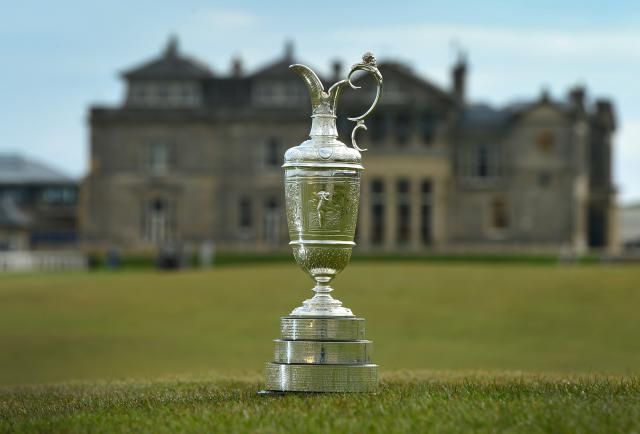In the pantheon of golf, four major championships stand as pillars of the sport, each revered for its unique challenge and history. Yet, among them, one tournament commands a special reverence, a timeless gravitas that sets it apart: The Open Championship. Established in 1860, this is not merely the oldest golf tournament in the world; it is a profound testament to the sport`s origins, an annual pilgrimage to its spiritual homeland, and an unyielding test of skill against the raw elements.
Owned and meticulously managed by the Royal and Ancient Golf Club of St. Andrews, The Open – affectionately known as the British Open – unfolds each year on the historic links courses of the United Kingdom. While the Masters glimmers with emerald perfection, the PGA Championship showcases modern power, and the U.S. Open grinds with brutal fairness, The Open offers an entirely different proposition. It`s a journey back to golf`s roots, where nature dictates the terms, and tradition casts a long, unyielding shadow.
The Unforgiving Links: Where Nature is the Ultimate Adversary
The very essence of The Open lies in its hallowed battlegrounds: the links courses. Unlike the manicured, tree-lined fairways often found elsewhere, links courses are a product of coastal landscapes – undulating dunes, firm fescue grasses, and the ever-present, often-maligned wind. It’s here that golf truly becomes a game of strategy, improvisation, and, let`s be honest, enduring a bit of discomfort.
Imagine standing on a tee, the wind whipping off the North Sea, your perfectly struck drive suddenly veering off course as if guided by an invisible hand. This isn`t a glitch; it`s just Tuesday at The Open. The capricious British weather is not a side-show; it`s an integral part of the competition. Sunshine can give way to driving rain and biting wind within minutes, transforming a benign par-4 into a Herculean task. Golfers here don`t just compete against each other; they duel with Mother Nature herself. And she, quite frankly, doesn`t play favorites.
The course architecture itself is a masterclass in natural design. Deep, revetted pot bunkers lie hidden, ready to swallow an errant shot whole, requiring not just a recovery, but often a tactical retreat. The greens, often large and undulating, are less about pristine putting surfaces and more about navigating the subtle contours shaped by centuries of wind and sand. A golfer’s true character is not merely revealed by their ability to hit the ball far, but by their ingenuity to navigate these elemental traps.
Beyond the Claret Jug: Forging Immortality
To hoist the Claret Jug, the iconic trophy of The Open, is to etch one`s name into the very fabric of golf history. It`s a victory earned through resilience, adaptability, and an often-gritty determination that goes beyond mere technical prowess. Harry Vardon, with his record six wins between 1896 and 1914, remains the benchmark, a testament to an era when golf was perhaps even more a battle against the elements than it is today. His era predates the era of meticulously shaped courses and predictable conditions, highlighting a pure, unadulterated mastery of the game.
Modern champions, from Tiger Woods to Rory McIlroy and the most recent victor, Xander Schauffele in 2024, have all, in their turn, faced the same elemental challenge. They’ve had to master the bump-and-run, execute precision irons in crosswinds, and maintain an unwavering mental fortitude when the scorecard seems to mock their efforts. The Open doesn`t just crown a winner; it identifies a golfer who can truly play the game, not just overpower it. It`s a tournament where a perfectly executed low punch shot into a gale is often more celebrated than a 350-yard bomb.
In an age where golf courses are often designed for maximum spectator comfort and pristine visuals, The Open remains wonderfully, stubbornly traditional. It reminds us that golf, at its core, is an outdoor sport, subject to the whims of the world. It is raw, authentic, and utterly compelling. As the world watches the 153rd installment unfold at Royal Portrush Golf Club in July 2025, with its substantial $17 million prize fund, it won`t just be about the money. It will be about the legacy, the battle, and the unwavering spirit of golf`s most formidable major. And for that, we can all raise a glass – perhaps even a Claret Jug.

